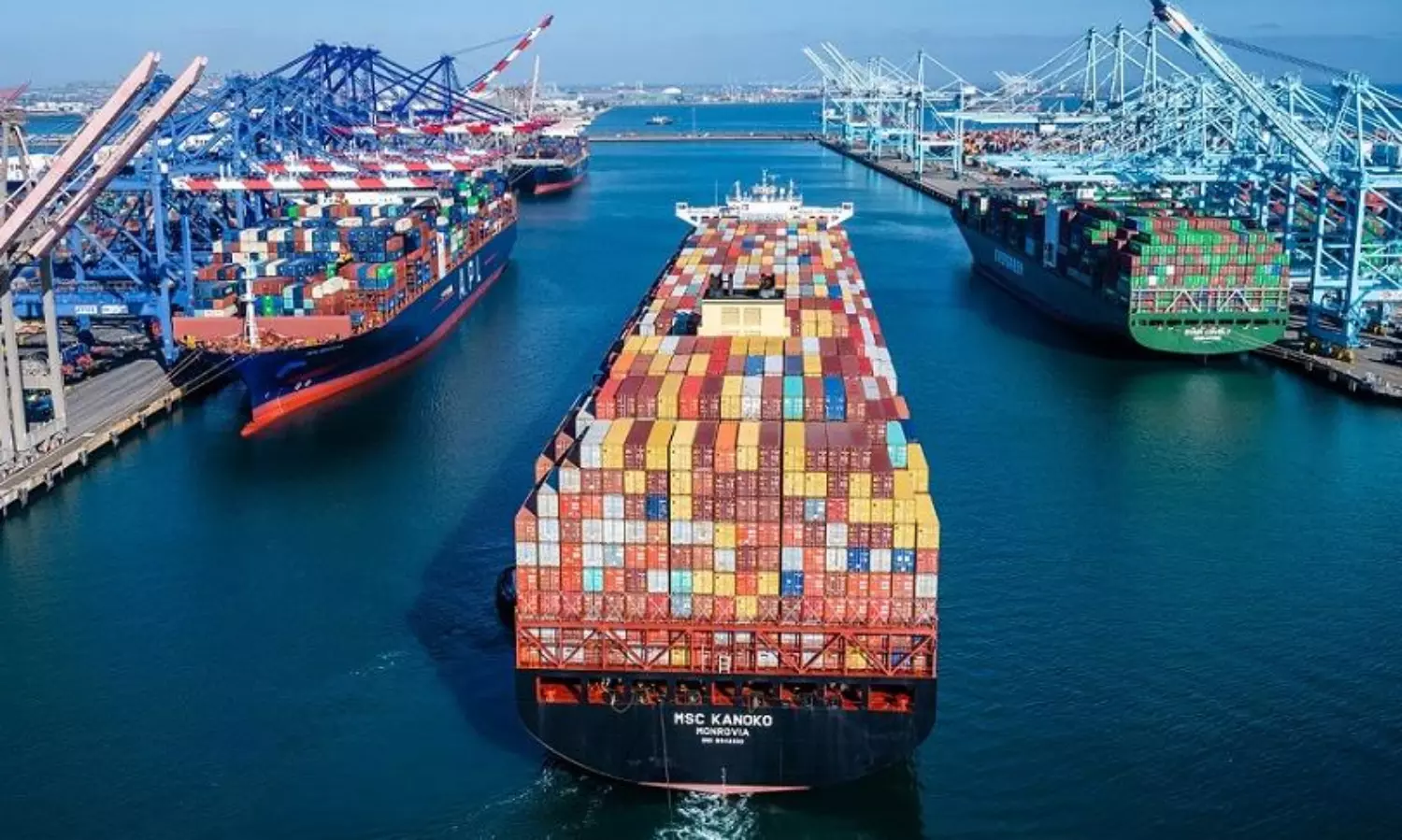Capacity reductions to be 22-28% on Transpacific: Sea-Intelligence
Peak reduction following Golden Week was 15-17% in 2019, and average of 9-11% in 2014-2018.

Demand growth has stalled in the past few months, vessels are not fully utilised, and freight rates have been dropping consistently and considerably, says the latest update from Sea-Intelligence.
"This is where the carriers would naturally resort to tactical blank sailings to stem the bleeding in freight rates. With Golden Week coming up (starting October 1st), it presents carriers with the golden opportunity to blank more sailings than they historically would, and likely come under less pressure from cargo owners, for artificially managing freight rates by cutting capacity short."
Blank sailings have for long been the carriers' preferred way of matching supply with demand. "This is what we would call tactical blank sailings. However, for much of 2020 and 2021, carriers have struggled to maintain capacity in line with the stresses of demand, which meant that vessels were chock full, leading to terminals and ports starting to fill up (as containers could not be moved fast enough), and vessels started to get stuck outside of port. This level of port congestion meant that carriers could not fulfil their weekly departure obligations, resulting in forced or operational blank sailings," says Alan Murphy, CEO, Sea-Intelligence.
On the Transpacific, capacity reductions are slated to be 22-28 percent of deployed weekly capacity in the weeks following Golden Week whereas the peak reduction in those weeks was 15-17 percent in 2019, and an average of 9-11 percent in 2014-2018. "We see higher numbers in Asia-North Europe as well with the peak capacity reduction following Golden Week at a little under 20 percent, which, while in line with 2019, is higher than the 2014-2018 average."
Asia-Mediterranean on the other hand, is the only trade lane of the four to see capacity reduction during Golden Week 2022 in line with 2014-2019, the update added.


